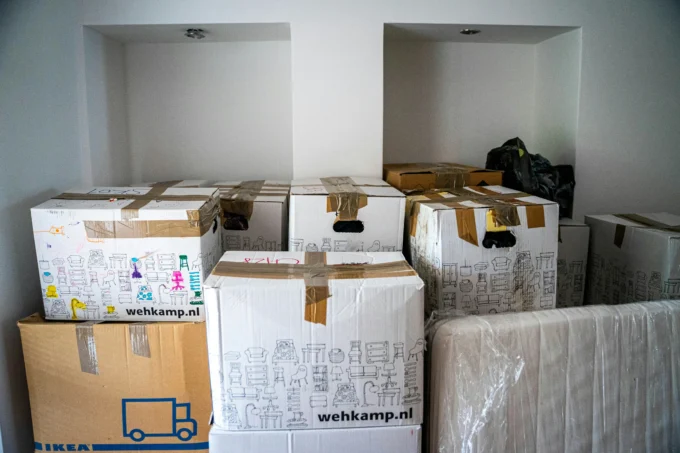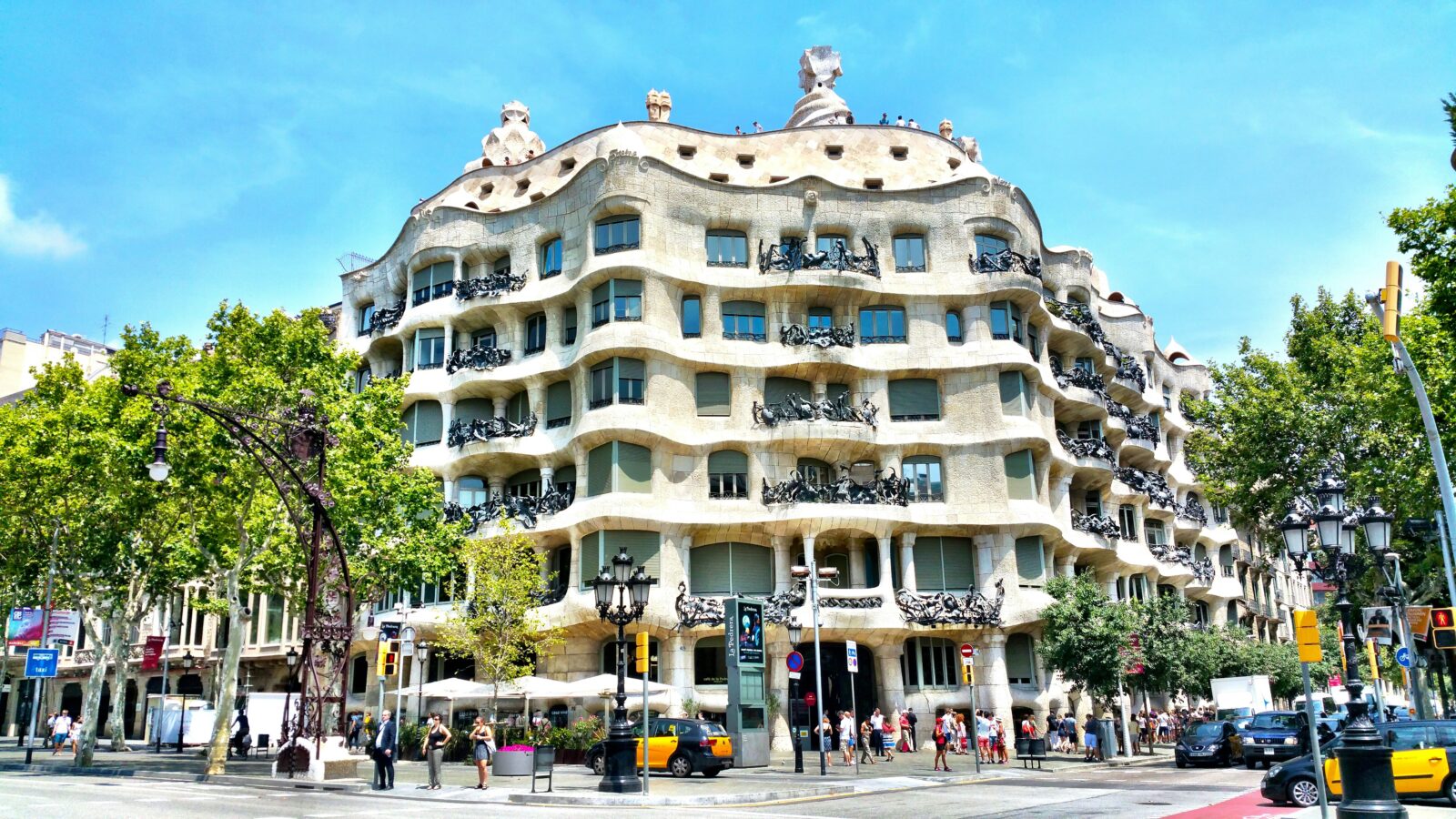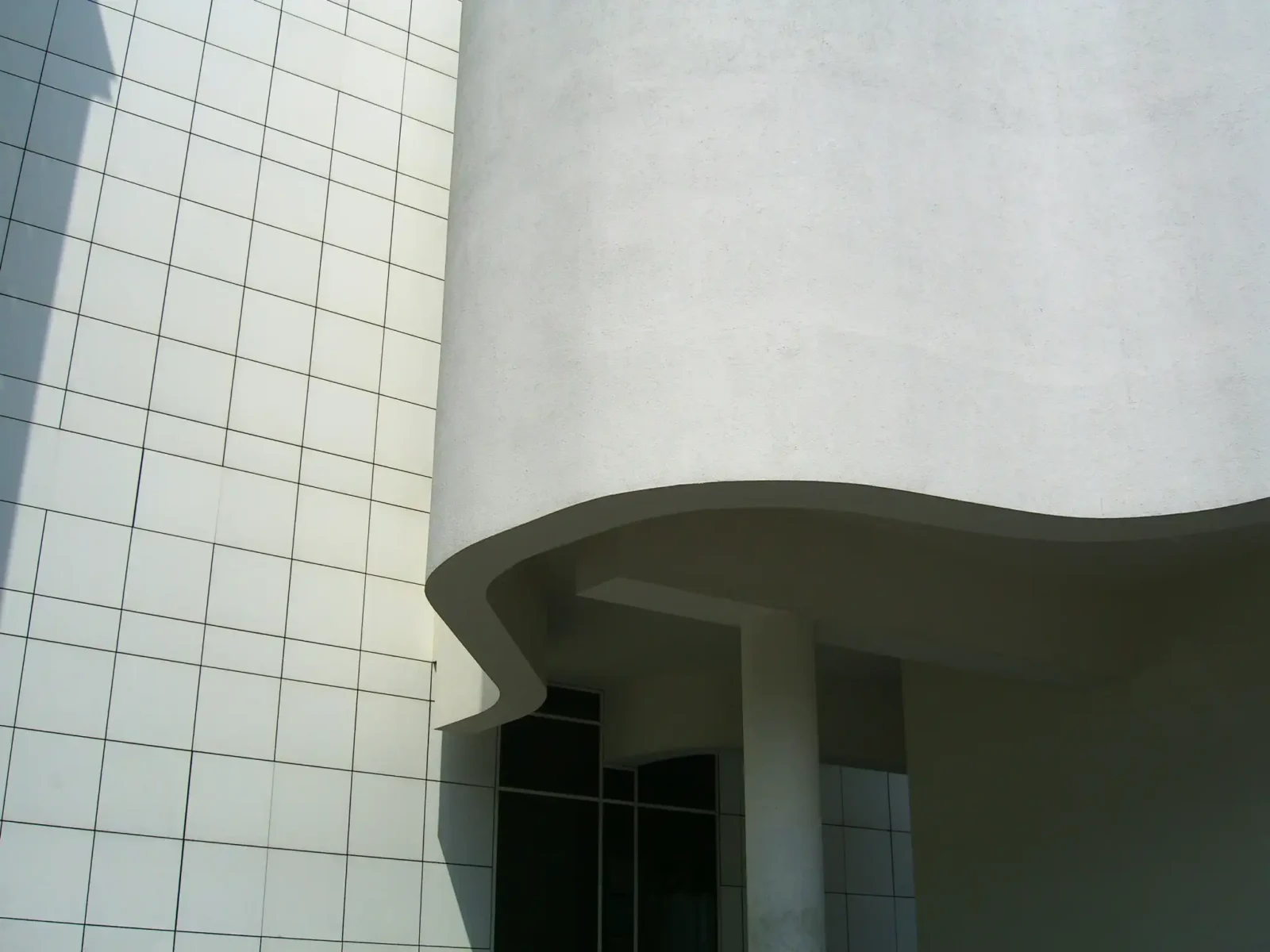- Home
- Articles
- Architectural Portfolio
- Architectral Presentation
- Inspirational Stories
- Architecture News
- Visualization
- BIM Industry
- Facade Design
- Parametric Design
- Career
- Landscape Architecture
- Construction
- Artificial Intelligence
- Sketching
- Design Softwares
- Diagrams
- Writing
- Architectural Tips
- Sustainability
- Courses
- Concept
- Technology
- History & Heritage
- Future of Architecture
- Guides & How-To
- Art & Culture
- Projects
- Interior Design
- Competitions
- Jobs
- Store
- Tools
- More
- Home
- Articles
- Architectural Portfolio
- Architectral Presentation
- Inspirational Stories
- Architecture News
- Visualization
- BIM Industry
- Facade Design
- Parametric Design
- Career
- Landscape Architecture
- Construction
- Artificial Intelligence
- Sketching
- Design Softwares
- Diagrams
- Writing
- Architectural Tips
- Sustainability
- Courses
- Concept
- Technology
- History & Heritage
- Future of Architecture
- Guides & How-To
- Art & Culture
- Projects
- Interior Design
- Competitions
- Jobs
- Store
- Tools
- More
Discover The Crystal: The Longest Horizontal Skyscraper Redefining Urban Living
Discover The Crystal, the world's longest horizontal skyscraper that reshapes urban living. This architectural marvel features a stunning 1,000-meter design, innovative engineering, and sustainable practices, blending modern aesthetics with functionality. Explore its energy-efficient structure, green spaces, and smart technology that foster community engagement and biodiversity.

In the heart of urban landscapes, architectural marvels continue to redefine our skylines. Among these, The Crystal stands out as the longest horizontal skyscraper in the world, challenging conventional notions of height and design. Its unique structure not only captivates the eye but also serves as a testament to innovative engineering and sustainable living.
As we explore the features and significance of The Crystal, we’ll uncover how this groundbreaking skyscraper reimagines urban space. From its stunning design to its multifunctional purpose, it represents a bold step into the future of architecture. Join us as we delve into what makes The Crystal a true icon in modern city planning.

Table of Contents
ToggleSynopsis of The Crystal in China
The Crystal stands as the longest horizontal skyscraper in the world, showcasing groundbreaking architectural innovation and sustainability. Its unique design and purpose reimagine urban living and architecturally significant landmarks.

Location and Design
The Crystal is strategically located in a bustling urban center, integrating seamlessly into the existing city landscape. The design spans over 1,000 meters in length, featuring a multi-tiered structure that maximizes usable space while minimizing the building’s footprint. The façade comprises energy-efficient glass and environmentally friendly materials, promoting a blend of modern aesthetics and functionality. Each segment of the building serves various purposes, from residential to commercial zones, fostering a vibrant community atmosphere.
Key Features
The Crystal boasts several key features that enhance its appeal and functionality:
- Innovative Structure: The building’s horizontal design offers expansive views and increased natural light for its occupants.
- Sustainable Practices: Utilizing advanced energy systems, The Crystal minimizes energy consumption and maximizes resource efficiency.
- Green Spaces: Incorporating various green areas and gardens, the design promotes biodiversity while providing relaxing spaces for residents and visitors.
- Smart Technology: Equipped with state-of-the-art smart systems, The Crystal allows for seamless integration of technology to improve living and working experiences.
- Community Connectivity: The layout encourages pedestrian movement and community interaction, eliminating reliance on traditional transportation methods.
The Crystal not only defines a new architectural language but also enriches urban life through its holistic approach to design and sustainability.
Architectural Significance
The Crystal showcases groundbreaking architectural concepts that redefine the skyline and urban living. Through its innovative design and engineering, the skyscraper sets a precedent for future urban developments.

Innovative engineering
Innovative engineering lies at the heart of The Crystal’s design. It employs advanced materials and construction techniques, enabling a lightweight yet durable structure. The building features a modular frame system, streamlining construction and ensuring stability over its extensive length of over 1,000 meters. Engineers incorporated advanced sustainability measures, optimizing energy efficiency and reducing the carbon footprint. Its unique design maximizes natural light penetration, enhancing interior spaces while minimizing artificial lighting requirements. Additionally, smart technology integration promotes an adaptive environment, adjusting based on occupancy and natural conditions.
Comparison with Traditional Skyscrapers
When we compare The Crystal to traditional skyscrapers, its horizontal form and layout contrast sharply with vertical designs. Traditional skyscrapers rely on height to make an impact, while The Crystal emphasizes width and accessibility. Conventional structures often isolate inhabitants due to their height; The Crystal fosters community interaction through open terrace spaces and centralized green areas. Furthermore, traditional skyscrapers face challenges regarding energy consumption due to reliance on artificial lighting and inefficient insulation. In contrast, The Crystal’s sustainable practices exemplify a holistic approach, setting it apart as a model for eco-friendly urban architecture.
Cultural Impact
The Crystal’s design significantly influences urban culture and lifestyle, promoting new ways of living and interacting within urban environments.

How The Crystal Redefines Urban Space
The Crystal’s horizontal structure disrupts traditional notions of vertical urban architecture. Its design spans over 1,000 meters, accommodating a variety of functions, from residential areas to commercial zones. The expansive layout allows for wider pedestrian pathways and communal spaces, fostering interaction among residents and visitors. The building’s multi-tiered terraces integrate green spaces, enhancing biodiversity and air quality in an urban setting. This blend of functionality and nature creates a dynamic environment that redefines how we experience city life.
Community Engagement and Utilization
The Crystal enhances community engagement through accessible public spaces and amenities. The incorporation of open-air terraces and community gardens encourages social interactions and local gatherings. Smart technology throughout the structure creates interactive environments for residents, promoting collaboration and shared experiences. Regular community events and educational programs hosted within the skyscraper foster a strong sense of togetherness and connection among inhabitants. By prioritizing community needs, The Crystal exemplifies modern urban living, transforming the concept of skyscraper design into one that prioritizes social impact and well-being.
Technical Aspects
The Crystal incorporates advanced engineering techniques and sustainable practices, making it a model for future urban developments. Its unique design poses specific challenges that create opportunities for innovative solutions.

Materials and Sustainability
We prioritize sustainability with the materials used in The Crystal. The façade consists of energy-efficient glass, reflecting light while minimizing heat gain. Environmentally friendly materials reduce the overall carbon footprint during construction. We utilize recycled content in concrete and steel, promoting the circular economy. Our selection of renewable resources, such as bamboo and reclaimed wood, aids in reducing environmental impact. Integrated green spaces enhance biodiversity, promoting habitats for local wildlife while improving air quality. Smart building technologies optimize resource consumption, ensuring efficient energy management throughout the structure.
Construction Challenges and Solutions
We faced significant construction challenges due to The Crystal’s extensive horizontal design. Coordinating logistics for materials over a sprawling site required innovative solutions. We implemented a modular frame system to streamline construction, allowing for simultaneous work on multiple areas. This method reduced construction time while ensuring structural integrity. Adverse weather conditions posed additional challenges, necessitating adaptive strategies. We employed advanced weather-resistant materials and conducted construction in phases to mitigate risks. Our commitment to safety during construction involved advanced monitoring systems to maintain stability throughout different phases of development.
Future Prospects
The future of The Crystal holds immense potential, influencing urban landscapes and architectural trends. Its innovative design sets a benchmark for upcoming projects.
Potential Developments
Potential developments around The Crystal focus on expanding community integration and enhancing sustainability. We foresee additional mixed-use spaces that promote synergy between commercial activities and residential living. Incorporating augmented reality applications in public areas can elevate user experience. Adding further green spaces creates habitat corridors for local wildlife and contributes to urban biodiversity. Future phases may include integrating renewable energy sources, such as solar panels and wind turbines, aiming for net-zero energy consumption.
Influence on Future Skyscraper Designs
The Crystal’s horizontal design challenges traditional skyscraper aesthetics and functionality. We anticipate that this approach will inspire architects to prioritize accessibility and community-oriented spaces in future projects. The emphasis on modular construction techniques encourages efficiency, making it a preferred choice for new designs. Sustainable materials usage will likely become a standard across upcoming developments as environmental consciousness rises. The blending of technology and architecture observed in The Crystal may lead to smart cities, where skyscrapers adapt to residents’ needs dynamically.
Conclusion
The Crystal stands as a landmark achievement in architectural innovation and sustainable urban living. With its horizontal design spanning over 1,000 meters, it redefines the conventional silhouette of skyscrapers while promoting accessibility. Its energy-efficient glass façade exemplifies our commitment to reducing environmental impact, merging aesthetics with functionality.
Key features such as green spaces and smart technology enhance community connectivity, making The Crystal not just a structure, but a vibrant urban hub. The integration of residential, commercial, and communal areas fosters social interaction, promoting a sense of belonging among residents.
Technical advancements highlight The Crystal’s role as a blueprint for future development. Using recycled materials enhances sustainability, while advanced engineering techniques address construction challenges effectively.
Looking forward, The Crystal sets new standards for urban architecture, focusing on livability and environmental responsibility. Future developments aim to expand its community integration and sustainability efforts, inspiring a new generation of urban spaces that prioritize the well-being of residents. The Crystal isn’t just a building; it’s a vision for the future of urban living, where technology and design converge to create meaningful, inclusive environments.
- cityscape innovation
- contemporary urban architecture
- cutting-edge skyscraper
- future of skyscrapers
- futuristic urban living
- horizontal skyscraper design
- iconic skyscraper designs
- innovative skyscraper design
- longest horizontal skyscraper
- modern urban living solutions
- new urban skyline
- revolutionary urban architecture
- sky bridges in skyscrapers
- The Crystal skyscraper
- unique architectural designs
- urban architecture trends
- urban development projects
- urban lifestyle redefined
- urban living concepts
- urban living skyscraper
I create and manage digital content for architecture-focused platforms, specializing in blog writing, short-form video editing, visual content production, and social media coordination. With a strong background in project and team management, I bring structure and creativity to every stage of content production. My skills in marketing, visual design, and strategic planning enable me to deliver impactful, brand-aligned results.
Submit your architectural projects
Follow these steps for submission your project. Submission FormLatest Posts
The Ultimate Guide to Fencing in North Dakota: Choosing the Best Fence for Your Property
Watching a chain link fence twist in 70 mph winds near Minot...
Gaudí: Where Architecture Meets Science
Gaudí: Where Architecture Meets Science shows catenary arches, ruled surfaces, and biomimicry...
How Housing Market Forces Shape Architectural Design Today
Architecture never exists in isolation. Buildings rise from a mix of ambition,...
Why Portable Formaldehyde Gas Detectors Matter on Construction Sites
As construction practices shift toward more enclosed and material-intensive environments, the risk...












Leave a comment